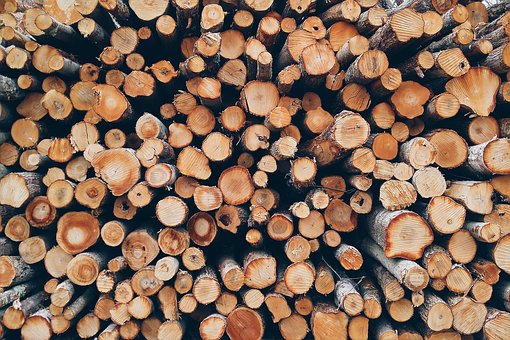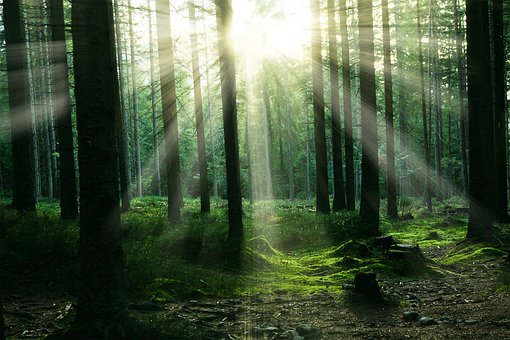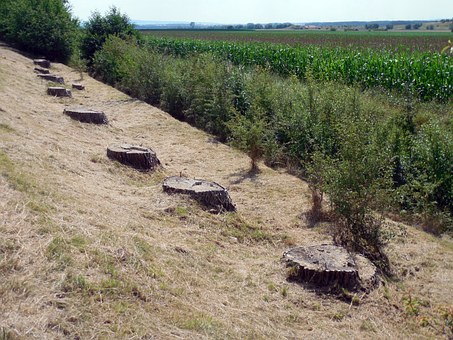Environmental Impacts
The effects of the dramatic event have been widespread. The accident directly affected the lives both of the workers at the power plant and of over 150,000 evacuees. Moreover it has had a massive impact on the atmospheric and natural environment, as well as human health. After the meltdown, the radioactive emissions from the plant caused a broad radioactive contamination of the region. It mostly affected the North Pacific, but high levels of radioactivity were also recorded in the Eastern Honshu Island as well as the Tokyo Metropolitan area. Increasing levels of radiations have also been recorded in the Northern Hemisphere and the North American Western’s coasts have been feeling its effects for years.
Radioactive emissions in the atmosphere
There were multiple sources of emissions, from the four explosions to the smoke and the evaporation of seawater used for cooling. Radioactive isotope spread into the atmosphere, doses reached up to 6000 times the normal around the plant. The main fission products released were Iodine-131, Caesium-137 50, Strontium-89/90, Plutonium-238/239/240/241 and Xenon-133 and the emissions appeared to be much higher than after the Chernobyl incident (figure 1). The radioactive particles were then carried away by prevailing wind currents in the form of radioactive clouds, similarly to the phenomenon after Chernobyl’s disaster (figure 2)

Fig. 5. Distribution of soil activity concentration due to 134Cs and 137Cs within 80 km of the Fukushima Daiichi nuclear power plant. Considering radioactive decay, the activity concentrations in the graph were corrected to July 2, 2011 (The National Diet, 2012).

Fig. 6. Soil activity concentration of 137Cs until 20 April 2011 in the northern hemisphere (Stohl et al., 2012a).
In a desperate attempt to cool down the reactors, massive amount of water were used and contaminated. The water was then discharged in the ocean or seeped into soil and ground water deposits. Another source of pollution came from atmospheric fallout onto the ocean. This contamination of the marine environment represents the most important radioactive release into the sea ever recorded, on par with fallout from atomic bomb testing. In five years, Fukushima contaminated the entire Pacific Ocean, and is still leaking 300 tons of radioactive waste into it every day. However, the waters northeast of the plants are amongst the busiest fishing zones, 50% of Japan’s seafood comes from this area.
Soil contamination and effect on terrestrial ecosystems
Initially discharged in the air, the particles were brought to the surface by wet and dry depositions. From there, they are absorbed in the topsoil layer, where they can stay for many years and contaminate crops as well as ground-water sources. Several animal species have been studied in order to assess the effect of the meltdown on the local fauna. Morphological abnormalities in butterflies’ specimen, low blood cell counts in wild monkeys and reduction in population size of several birds species have been reported as result of exposure to radiations.
Effect on food and drinking water
The main concern of soil contamination is the effect on stock farming and agriculture. Indeed, there is no safe level of radioactivity in food and water; even the slightest amount can cause genetic mutation and cancer. According to the German Society for Radiation Protection, it is estimated that a person is normally exposed to about 0.3 mSv per year through ingestion of food and drink. In order not to surpass this level, the amount of radioactive caesium-137 should not exceed 8 Bq/kg in milk and baby formula and 16 Bq/kg in all other food. In Japan however, the permissible level of radioactive caesium was set at 200 Bq/kg in milk and 500 Bq/kg for all other food. During the months following the meltdown, the contamination was found to be very high in certain products such as vegetables and fruits, milk, beef, seafood, rice and drinking water.
Effects on health
Effects varied depending on the risk taken by the different groups of population. Rescue and clean-up workers were the most affected by high radiation. Inhabitants of the contaminated areas were the second group the most affected, 200 000 of them had to evacuate immediately, and 70 000 were still living in a contaminated area several month after the disaster. Finally, thousands of people were affected through the ingestion of contaminated food or water. Children are the ones suffering the most from radiations, as their immune system is not fully developed. There is no consensus on the long-term health effects of exposition to low level radiation; however, it is known that a certain dose of radiation can cause acute radiation sickness or lead to the development of malignant diseases in the long-term. Some studies have been made to quantify the worldwide health effects of the accident. Using a linear no-threshold (LNT) model of human exposure, Hoeve and Jacobson (2012) estimated that, mostly in Japan, radiation from the Fukushima accident may eventually cause a best estimate death tolls of about 130 (ranging from 15 to 1100) by cancer-related diseases.

Fig. 3. Excess lifetime morbidity (incidence) and mortality (death) risk of all solid cancers from the uptake of 134Cs, 136Cs, 137Cs 133Xe, 129mTe, 132Te, 95Nb, 90Sr, 110mAg, 99Mo, 241Am, 238Pu, 239–240Pu, 241Pu, 242Cm and 243–244Cm in Japan from all internal and external exposure pathways using the Linear Non Threshold models for a lifetime of 89 years. The calculations were performed using the LMDZORINCA model for a spatial resolution of 0.45°–0.51°.
Source: Evangeliou et al. (2014b).




 This technique consists basically on the harvest of all the trees in a respective area at the same time. All trees no matter the size are cut at the same time, because regardless of their size, they all have the same age. By doing this, the trees that doesn’t tolerate the shade generated by the canopy can be utilized, ensuring the rejuvenation and regeneration of the area in the future. In addition, this technique is not the only and best one, however it works very well with certain type of trees like jack pines, aspens and oaks.
This technique consists basically on the harvest of all the trees in a respective area at the same time. All trees no matter the size are cut at the same time, because regardless of their size, they all have the same age. By doing this, the trees that doesn’t tolerate the shade generated by the canopy can be utilized, ensuring the rejuvenation and regeneration of the area in the future. In addition, this technique is not the only and best one, however it works very well with certain type of trees like jack pines, aspens and oaks.